5 Jaw-Dropping Innovations From The Endurance Racing World
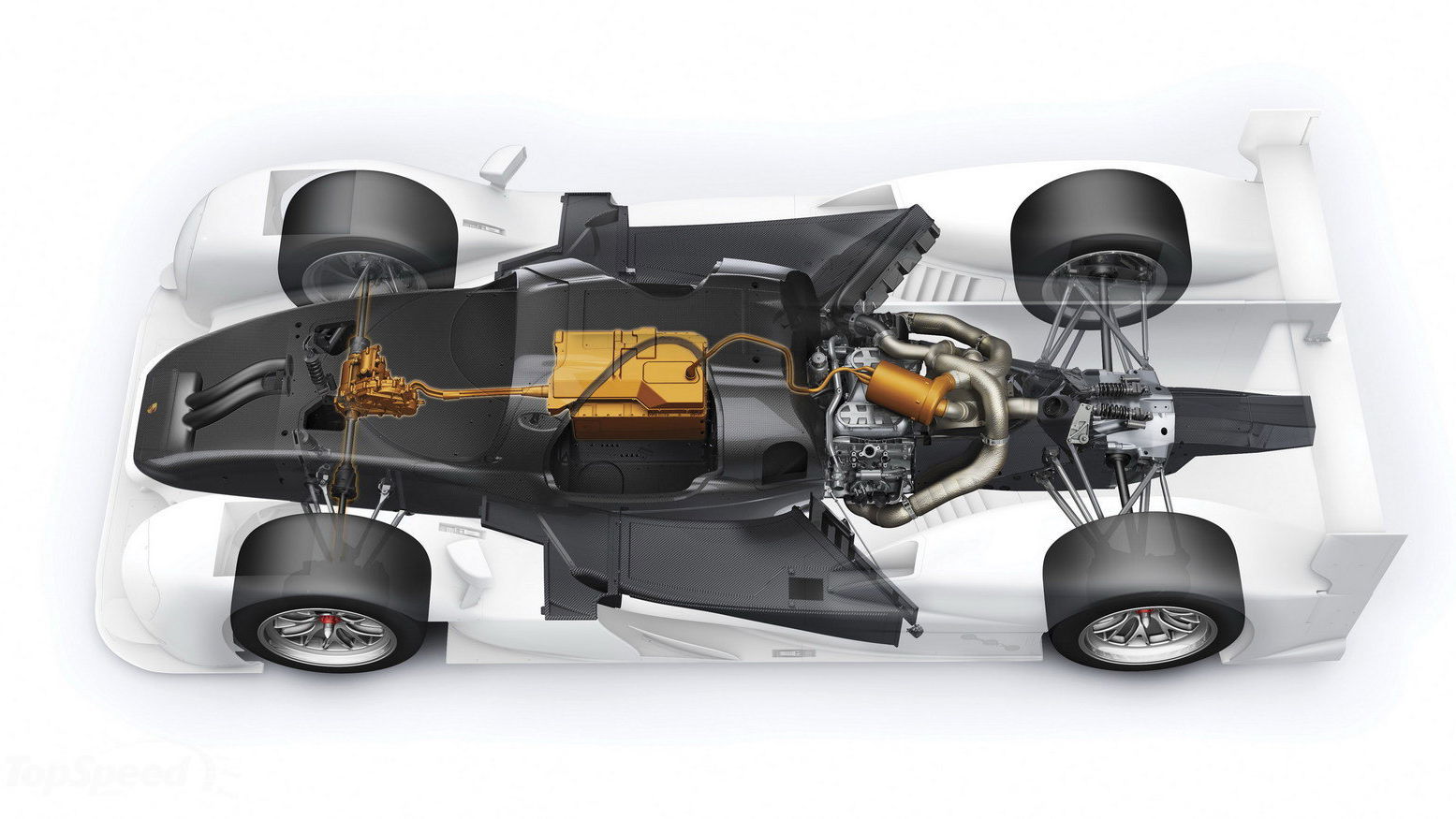
1. Porsche 919 Hybrid energy recovery system
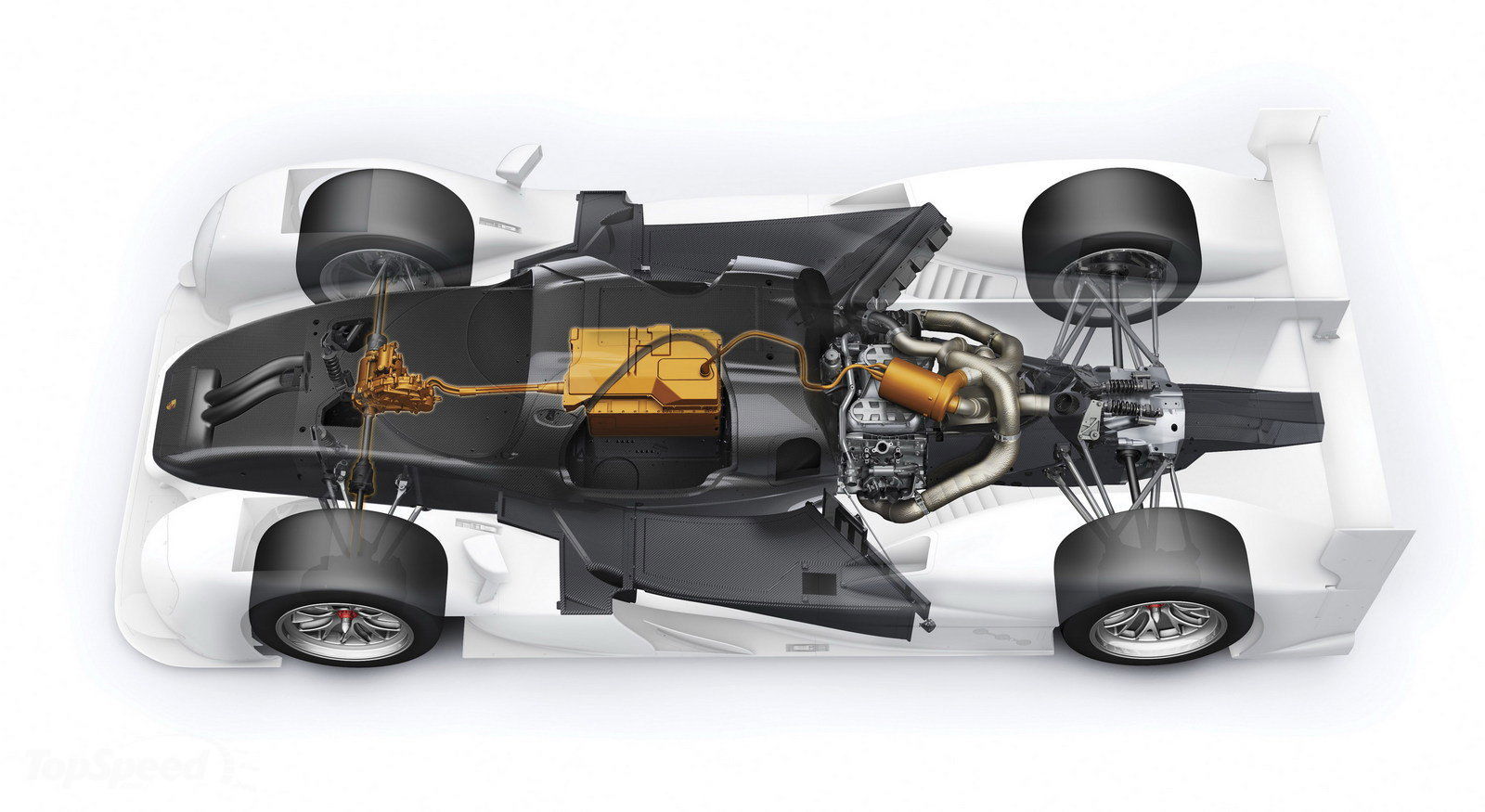
There’s plenty of amazing technology in the FIA World Endurance Championship, but one of the most impressive innovations is the power unit on the Porsche 919 Hybrid. It is powered by a 2.0-litre V4 turbocharged direct injection petrol engine, with two complicated energy recovery systems boosting the power considerably. It falls in the 8MJ subclass.
The car features an MGU-K system on the front axle recovering energy as well as a second hybrid system that recovers gas from the exhaust, using two turbines. The first is part of the turbocharger and is linked to a compressor. The second is located next to the first and is linked to an electric motor.
The systems mean it can recover energy to the lithium-ion battery at all times while the engine is running, unlike other LMP1 cars. Power is around 1000bhp and the power unit was extensively redesigned to improve efficiency and power for 2015. It certainly had a big advantage on the straights, especially at the start of them when accelerating out of corners.
2. Audi R10’s diesel engine
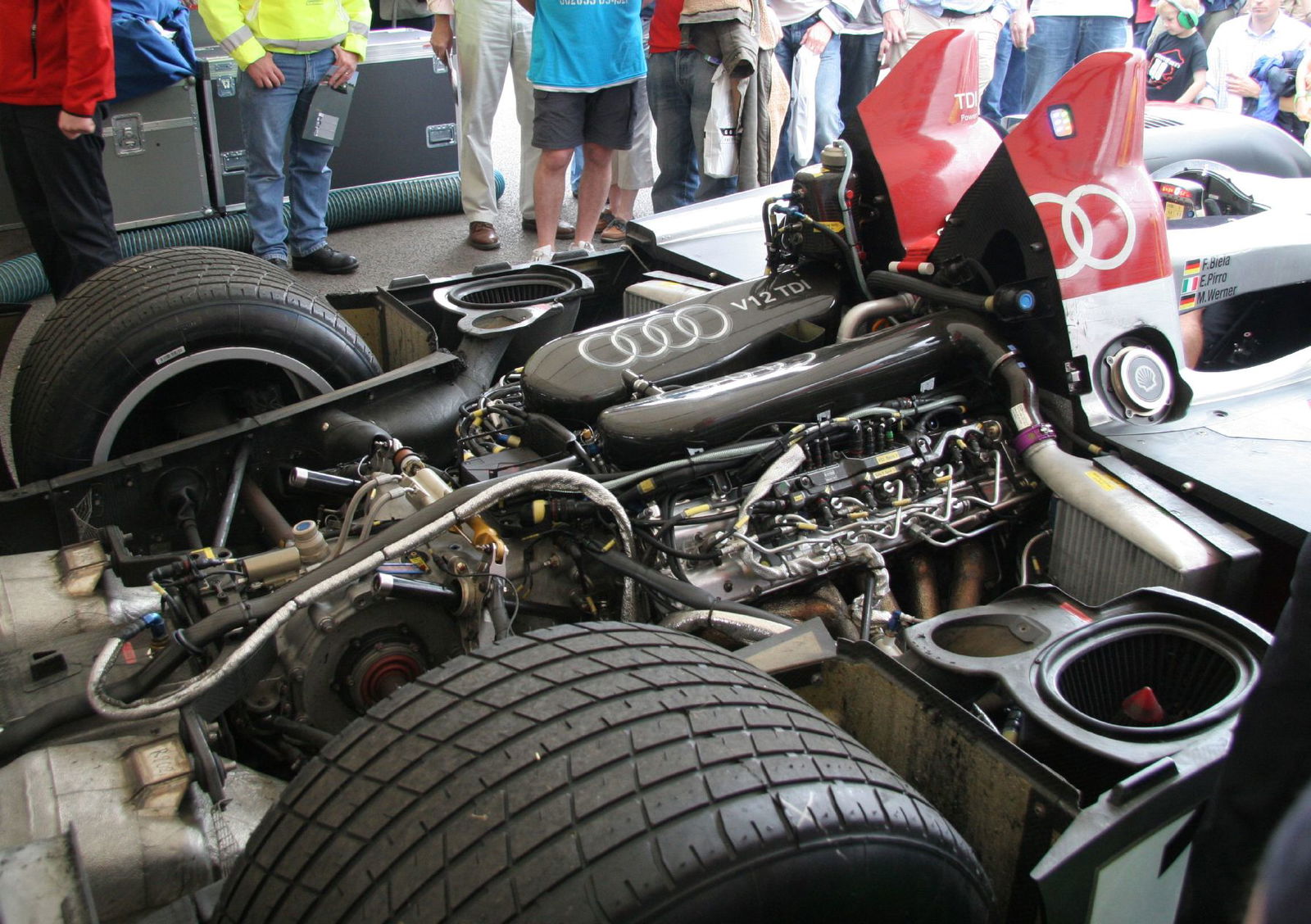
The Audi R10 TDI wasn’t the first diesel-powered car to race at Le Mans, but the 5.5-litre V12 engine with two turbochargers remains the most successful, and was an incredible piece of engineering brilliance when it debuted in 2006. The team face numerous challenges including the weight of the longer engine, which was cut through the use of aluminium. The mid-engined car developed 650bhp, plus an additional 150bhp increase from a power boost feature, and could go over 200mph.
The car proved to be revolutionary in its era and hugely successful too, winning Le Mans three times and claiming numerous endurance championships. The main aim was to lower average fuel consumption, which meant fewer pit stops. Others soon followed and Peugeot joined the LMP1 fold with a diesel-powered prototype in 2007.
3. Monster prototype wings
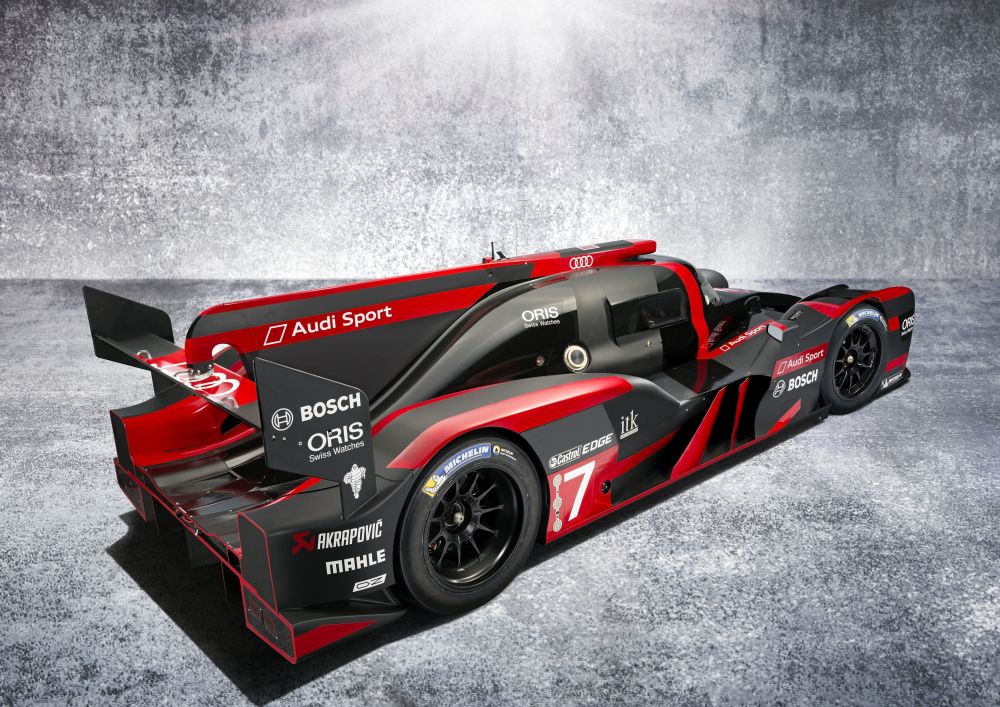
You don’t really realise just how big the rear wings are on endurance racers, particularly current prototypes, until you are standing next to one. These huge pieces of aero generate incredible amounts of downforce and are crucial for the handling and overall speed of the cars. They contribute massively to the cars cornering at mad speeds and sticking to the ground.
Aerodynamic rules have always been more open in endurance and prototype racing, which is why we get to see these huge wings and aero devices – particularly on LMP1 and LMP2 machines in the current FIA WEC. It’s hard to calculate the downforce generated but it is thought LMP1 cars can generate around 2500kgs at 200mph, with a considerable amount of downforce coming from the wings and diffuser. This compares to 140kg of downforce at full speed for an Audi R8.
4. DeltaWing
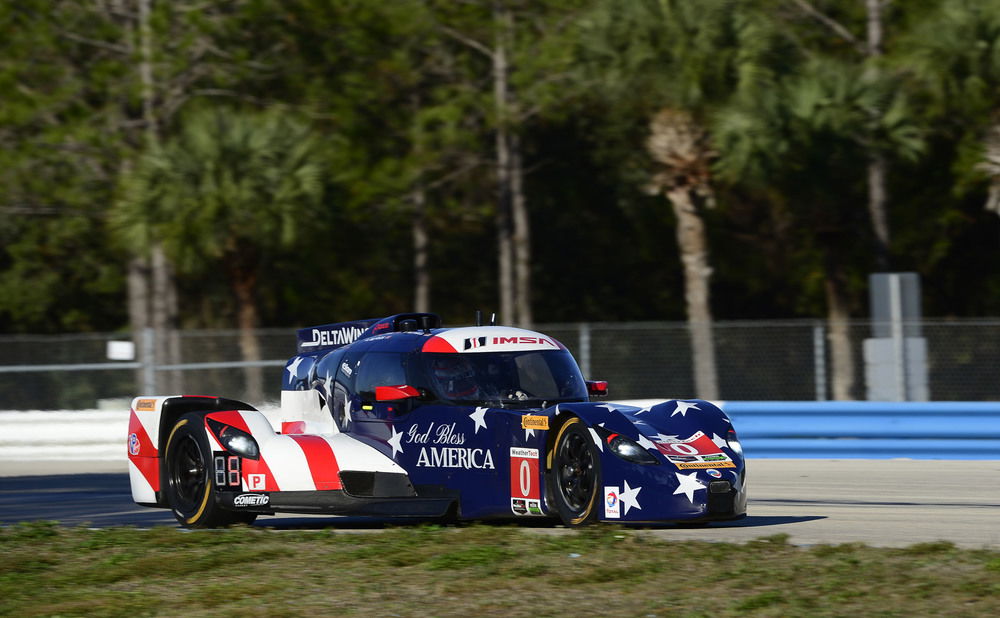
This has to be one of the oddest cars ever seen in endurance racing. It looks pretty damn weird, but the DeltaWing is a fascinating and unusual machine. It hasn’t had much success on track but is certainly a completely new type of race car, with its arrow head-like shape putting the focus on aerodynamics and reducing drag significantly.
It features no front or rear wings, with downforce coming from underneath the car. Originally it was open-cockpit but a tin top model was launched in 2013. The front of the DeltaWing is very narrow and the width of the chassis increases at the rear axle. Its unusual look and shape is super-aero friendly and makes for brilliant straight-line speed. The DeltaWing currently races in the IMSA WeatherTech SportsCar Championship.
5. Mazda R26B engine
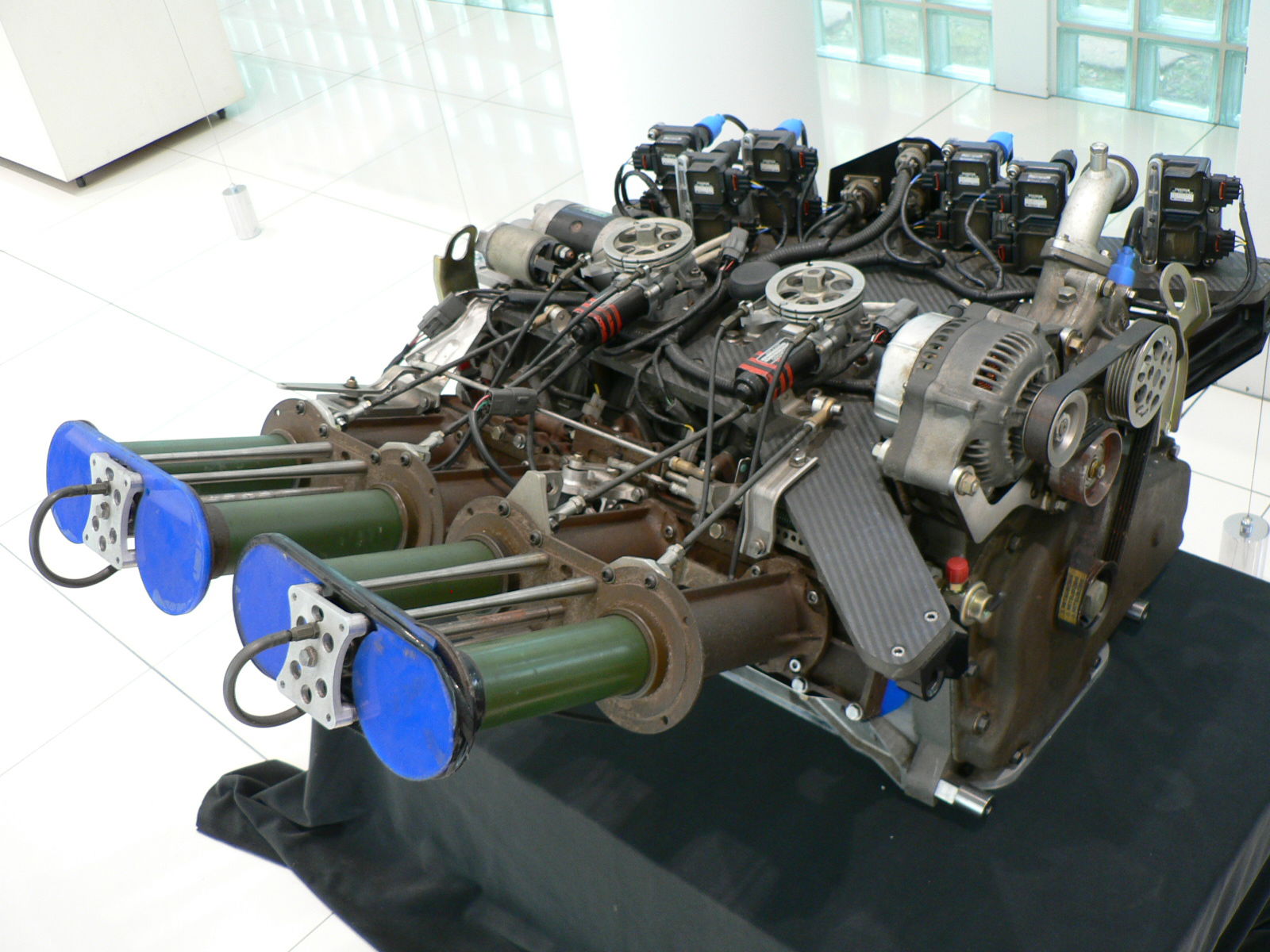
The four-rotor, 2.6-litre naturally-aspirated Wankel rotary engine was an unusual way to go racing, but it is the direction Mazda opted to go for with the 787 and 787B. Following on from the 767, Mazda switched to the custom-built R26B rotary engine, which featured three spark plugs per rotor and variable intakes.
The R26B produced around 700bhp at 9000rpm, but it is believed the car had a maximum of 930bhp at 10,500rpm, although reliability concerns meant the engine was pegged back. The 787 and 787B were not strong in qualifying, but proved to be very reliable. Johnny Herbert, Volker Weidler, and Bertrand Gachot won Le Mans in 1991 with the car, the only victory at the race for a Japanese manufacturer as well as the only triumph for a car not using a reciprocating piston engine. Wankel rotary engines were then banned by the FIA at the end of the season.
What are your favourite innovations from endurance racing? Let us know below!

Comments
I love the deltawing! It is just so weird and interesting that I had to like it. The problem is that it always gets unlucky. It is like a curse. This year it could have won the 24 hours of daytona if it hadn’t crashed into a PC car.
Corvette C7.R with OHV push-rod LS engines keep humiliating Porsche, Ferrari, Aston. That is jaw dropping!
so,which did you guys prefer,RB26 od R26B?
Why exactly were rotaries banned?
The best ever was the rotary
Couldn’t really get into the article, the fact it was introduced with the line “will blow your mind” weighed too heavy.
THE DELTA WANG!!!!!!
YES! The Deltawing got a mention! I will point out that it was on course to win at the Daytona 24H until some idiot in an LMP2 car spun and there was no yellow flag, causing it to crash.
My god if that 787b had a turbo
787B is the greatest sounding car ever
Pagination